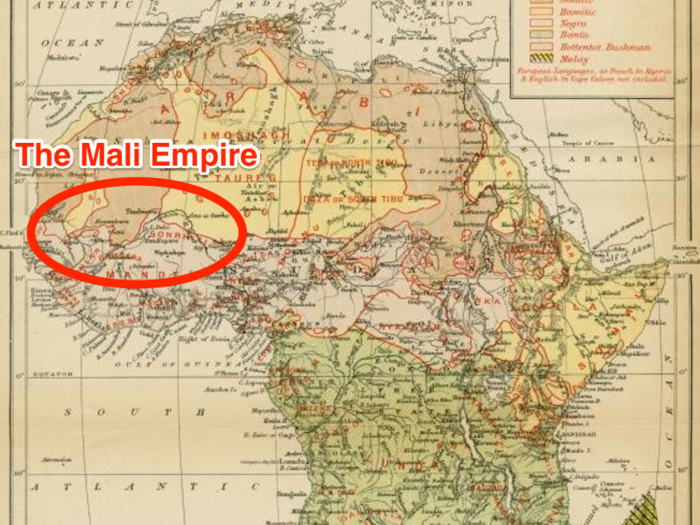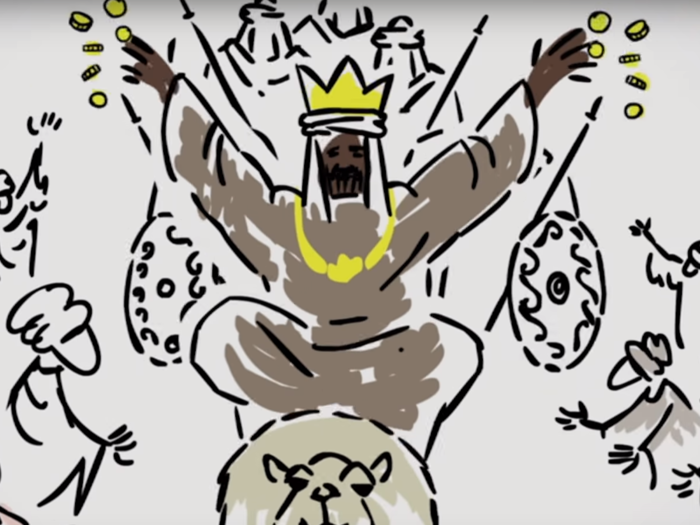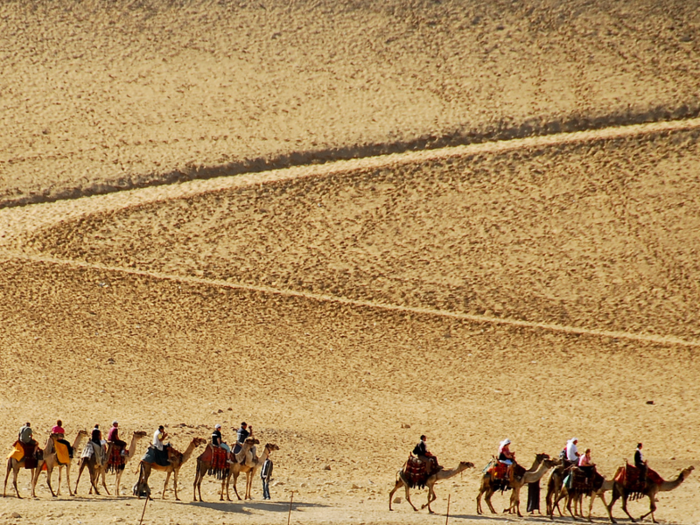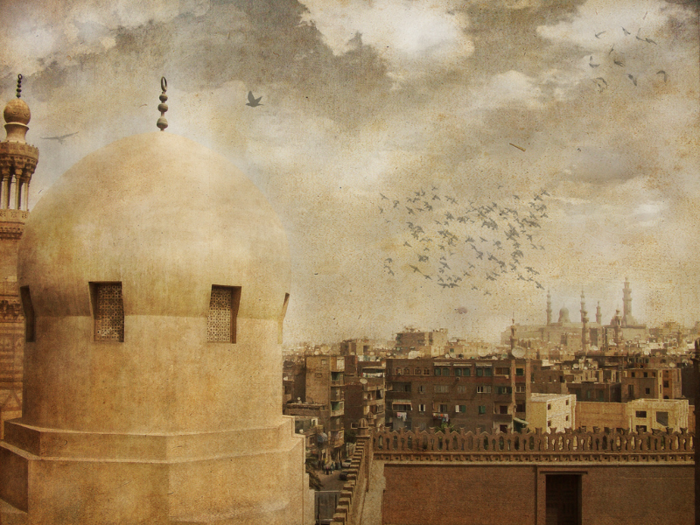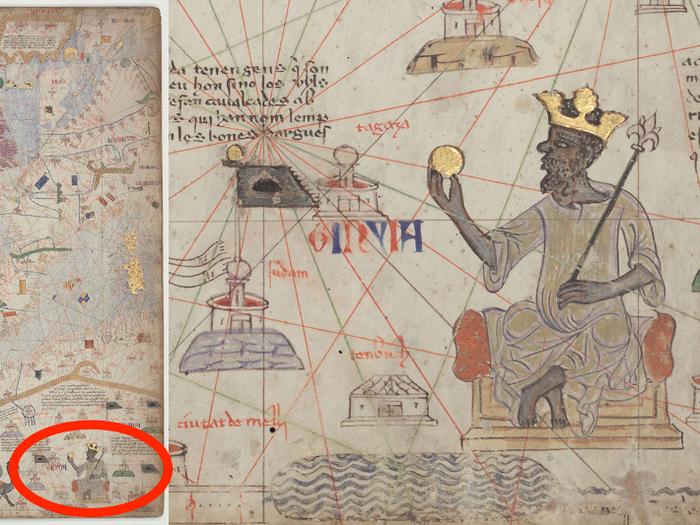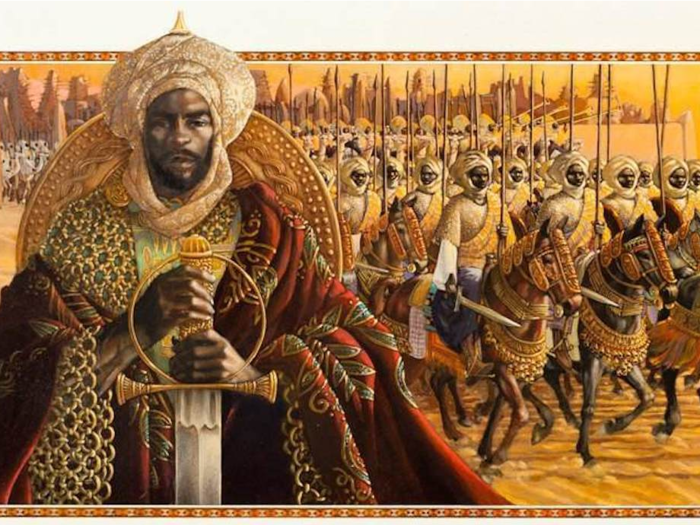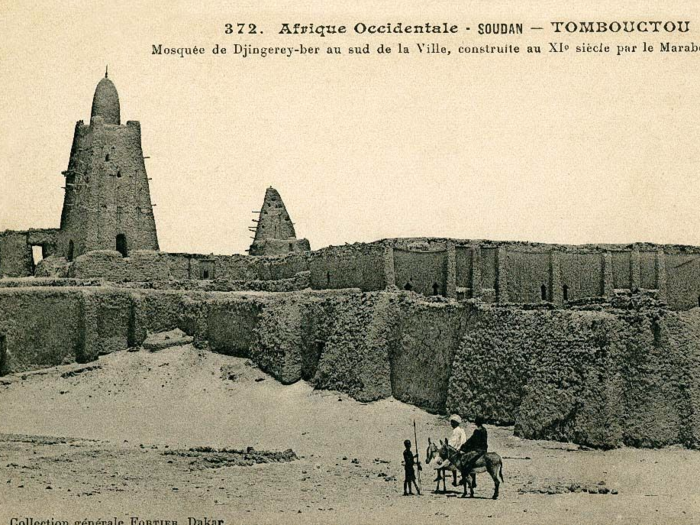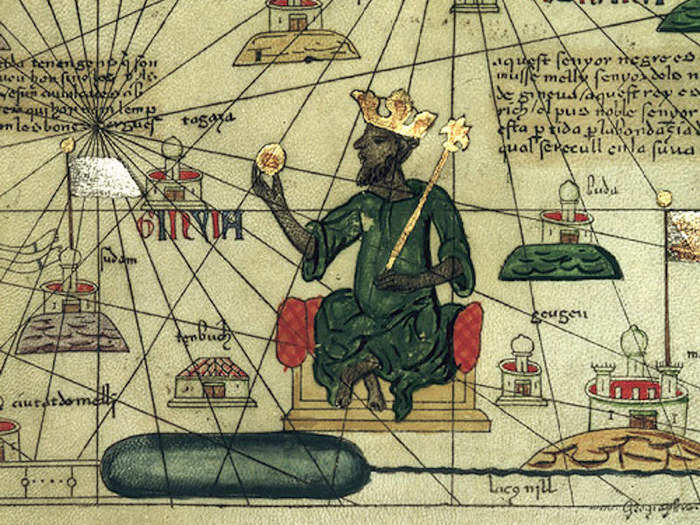Here's what it was like to be Mansa Musa, thought to be the richest person in history
Musa Keita I came into power in 1312. When he was crowned, he was given the name Mansa, meaning king. At the time, much of Europe was famished and in the middle of civil wars, but many African kingdoms were thriving.
Popular Right Now
Popular Keywords
Advertisement

